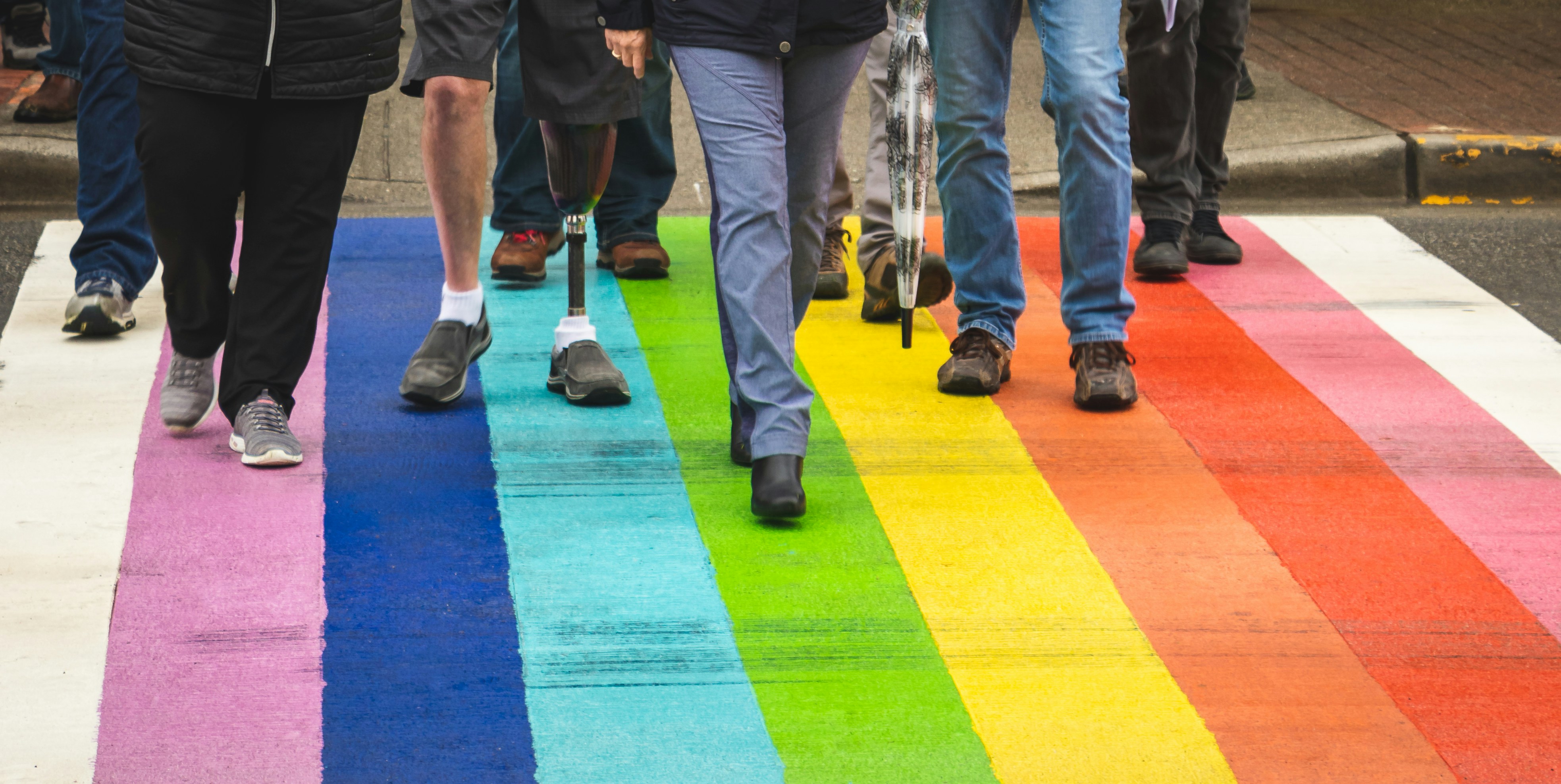Rediscovering the Charm of Silent Retreats: A Fresh Perspective on Travel and Transformation
With the hustle and bustle of modern life, the popularity of silent retreats is growing as travelers seek solace and tranquility. The concept isn't new; it’s an age-old practice deeply rooted in several spiritual traditions. But in recent years, silent retreats have emerged as a novel way to break free from the noise and distractions of everyday life.
The Rich History of Silent Retreats
Silent retreats have a rich history, dating back to ancient spiritual practices. Many religions, including Buddhism, Christianity, and Hinduism, have long embraced silence as a form of meditation and spiritual cleansing. In the past, going on a silent retreat often meant entering a monastery or a hermitage, secluded from the rest of the world. Today, silent retreats have evolved into a modern form of travel and relaxation, blending the principles of spiritual retreats with the amenities of wellness tourism.
Silent Retreats: Current Trends and Insights
Today’s silent retreats are far from austere. They are often set in beautiful locations, from serene beachfronts to tranquil mountain landscapes. They provide an environment conducive to deep reflection, personal growth, and mental rejuvenation. These retreats typically include meditation sessions, yoga, and mindfulness workshops, along with healthy eating and plenty of rest.
Advantages and Challenges of Silent Retreats
The advantages of silent retreats are numerous. They provide a much-needed break from technology, allowing participants to detox from digital distractions. They also offer an opportunity for self-discovery, introspection, and personal growth. However, silent retreats can also be challenging. Being alone with your thoughts without the usual distractions can be intense and confronting. But it’s precisely this challenge that often leads to profound personal insights and transformations.
Impact of Silent Retreats on Travelers
The impact of silent retreats on travelers can be significant. Many participants report feeling more relaxed, focused, and mentally clear after a silent retreat. They often experience a renewed sense of purpose and a deeper understanding of themselves. The trend reflects the growing interest in meaningful travel experiences that go beyond sightseeing and shopping.
Practical Travel Tips for Silent Retreats
-
Choose a retreat that suits your needs: Silent retreats vary in intensity and duration, from weekend retreats to month-long stays. Research well to find a retreat that aligns with your goals.
-
Prepare mentally: A silent retreat can be both rewarding and challenging. It’s essential to go in with an open mind and be prepared for introspection.
-
Pack light: Most retreats provide basic amenities. Pack comfortable clothing, essential toiletries, and a journal for reflecting on your experiences.
-
Respect the rules: Silence means no talking, but also no reading, writing, or using electronics. It’s about creating a space for inner quietude.
In conclusion, silent retreats offer a unique opportunity to disconnect from the noise of the external world and connect with your inner self. They symbolize a shift in travel trends toward more meaningful and transformative experiences. As the world continues to spin faster, the need for silence and introspection may become even more critical, making silent retreats a journey worth considering.





